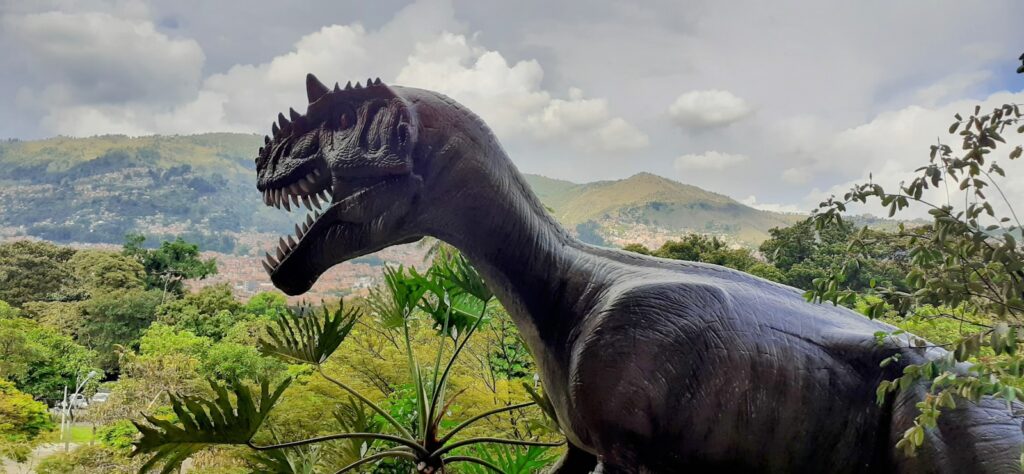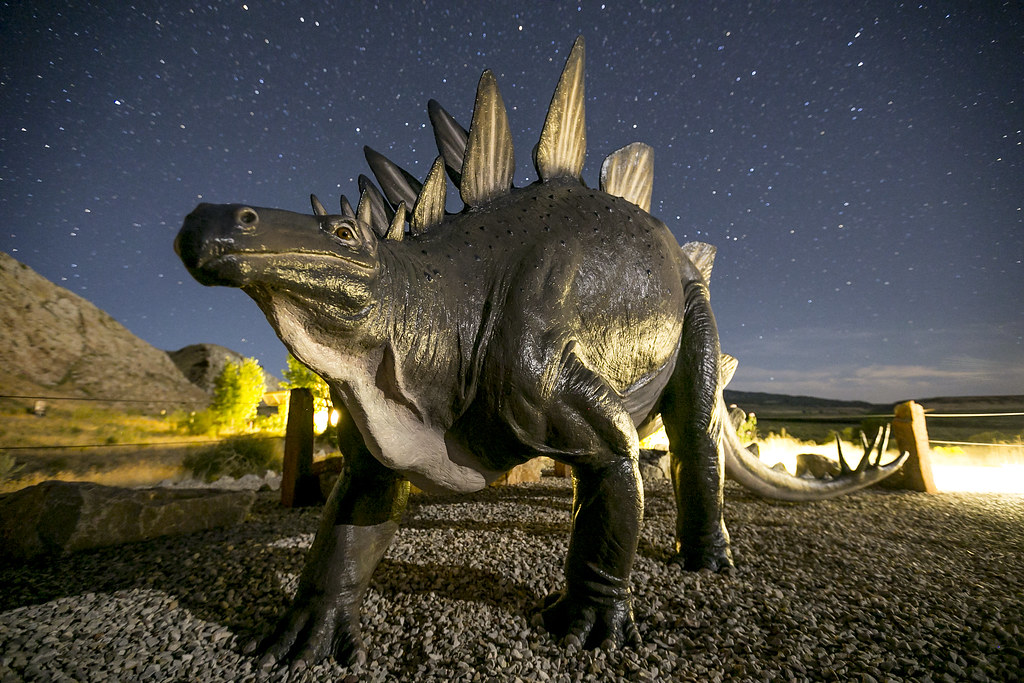Imagine standing in what is now Mexico’s Yucatan Peninsula 66 million years ago, witnessing the most catastrophic moment in Earth’s recent history. A massive asteroid, roughly 10 kilometers wide and traveling at 20 kilometers per second, slammed into our planet with the force of billions of atomic bombs. The Chicxulub impact didn’t just end the age of dinosaurs—it rewrote the rules of life on Earth in a matter of minutes.
Today, as we gaze up at the night sky, a haunting question echoes through the minds of scientists and stargazers alike: could it happen again? The answer isn’t just a matter of scientific curiosity—it’s a reality check that could determine the future of human civilization and every living thing we share this planet with.
The Chicxulub Impact: A Planetary Reset Button
The Chicxulub crater spans 180 kilometers across the Yucatan Peninsula, making it one of the largest impact structures on Earth. When that colossal space rock struck, it released energy equivalent to 100 million megatons of TNT—roughly 2 million times more powerful than the most destructive nuclear weapon ever tested. The impact instantly vaporized the asteroid and surrounding rock, creating a fireball that reached temperatures hotter than the surface of the sun.
Within seconds, the explosion hurled billions of tons of debris into the atmosphere and beyond. Some of this material escaped Earth’s gravity entirely, while the rest rained back down as superheated glass beads, igniting wildfires across continents. The immediate blast zone experienced devastating earthquakes and tsunamis that dwarfed any natural disaster in recorded human history.
When Darkness Ruled the Earth
The immediate devastation was just the beginning of Earth’s nightmare. The impact launched so much dust, ash, and debris into the atmosphere that it blocked out the sun for months, possibly years. This “impact winter” plunged global temperatures by as much as 15 degrees Celsius, creating a world where photosynthesis became nearly impossible.
Plants withered and died in this perpetual twilight, collapsing entire food chains from the bottom up. The largest animals, including non-avian dinosaurs, required enormous amounts of food to survive and were the first to succumb to starvation. Even marine ecosystems collapsed as microscopic plankton—the foundation of ocean food webs—died en masse without sunlight.
The darkness lifted eventually, but when it did, Earth was a fundamentally different planet. Roughly 75% of all species had vanished forever, leaving ecological niches wide open for the survivors to evolve and diversify into entirely new forms of life.
The Asteroid Belt: A Cosmic Shooting Gallery
The space between Mars and Jupiter contains millions of rocky fragments called asteroids, remnants from the early solar system that never coalesced into planets. These cosmic wanderers range from tiny pebbles to massive chunks of rock hundreds of kilometers across. While most asteroids orbit peacefully in the asteroid belt, gravitational influences from Jupiter and collisions between asteroids can nudge some of them toward the inner solar system.
These displaced asteroids become potentially hazardous objects when their orbits bring them close to Earth. Scientists estimate that there are over 25,000 near-Earth asteroids larger than 140 meters in diameter—big enough to cause significant regional damage if they struck our planet. Among these, approximately 1,000 are classified as potentially hazardous asteroids that come within 7.5 million kilometers of Earth’s orbit.
Size Matters: The Scale of Destruction
Not all asteroid impacts are created equal—size determines everything when it comes to global catastrophe. A 1-kilometer asteroid would cause regional devastation and significant climate effects, while a 10-kilometer object like the Chicxulub impactor represents an extinction-level event. The energy released increases exponentially with size, following the cube of the asteroid’s diameter.
To put this in perspective, the 2013 Chelyabinsk meteor was only about 20 meters across, yet it exploded with the force of 30 atomic bombs, shattering windows across a Russian city and injuring over 1,000 people. Scale that up to a kilometer-wide asteroid, and you’re looking at devastation that could wipe out entire countries and trigger global climate chaos.
The truly terrifying scenarios involve asteroids 5 kilometers or larger. These cosmic bullets carry enough energy to punch through Earth’s atmosphere without slowing down significantly, ensuring that nearly all their kinetic energy gets transferred to our planet upon impact.
The Odds Game: Calculating Cosmic Russian Roulette
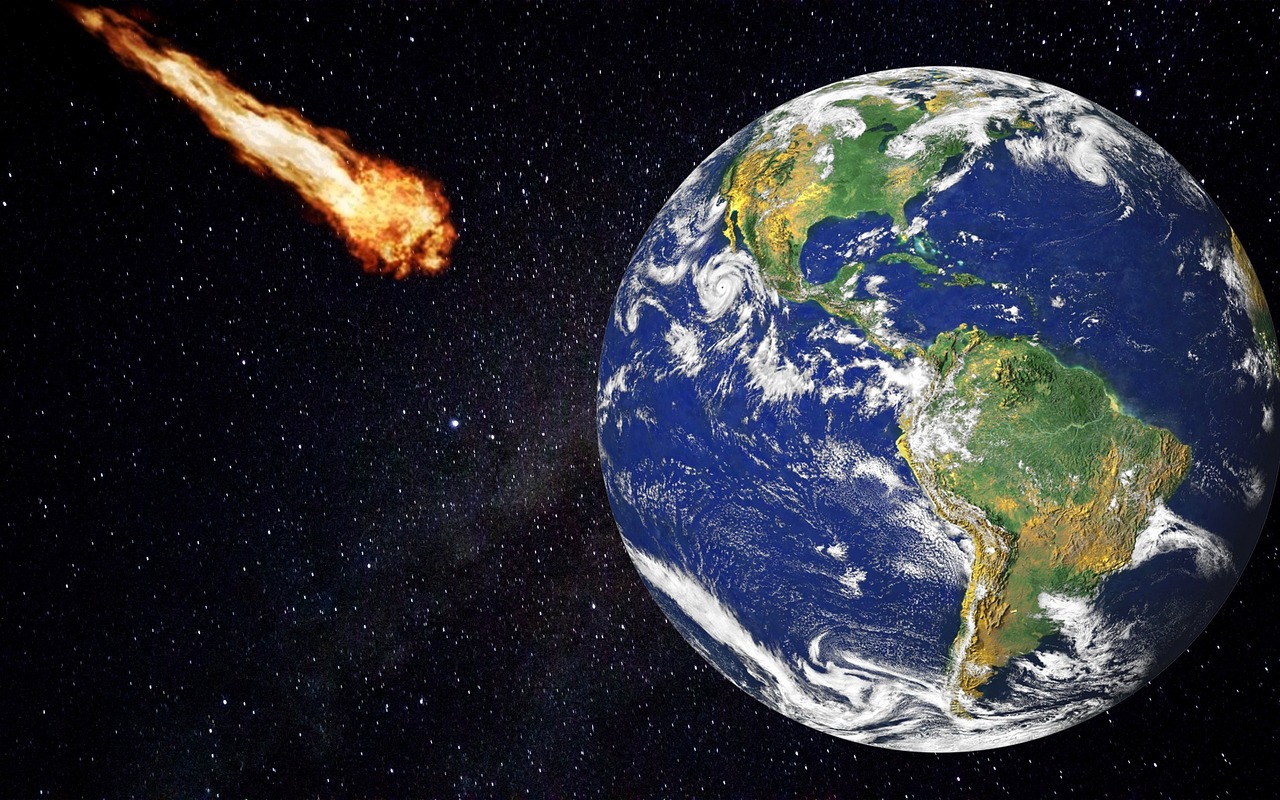
Astronomers have been playing a deadly game of statistics, calculating the probability of various impact scenarios. The odds of a Chicxulub-scale impact occurring in any given year are roughly 1 in 100 million—seemingly comfortable odds that suggest we’re relatively safe. However, these statistics become far less reassuring when viewed across longer timescales.
Over the course of human civilization’s 10,000-year history, the cumulative probability of a major impact rises to about 1 in 10,000. Extend that timeline to a million years, and the odds become virtually certain. The geological record confirms this pattern, showing that mass extinction events linked to asteroid impacts occur roughly every 26 million years.
These aren’t just abstract numbers—they represent the roll of cosmic dice that has shaped the history of life on Earth. The question isn’t whether another major impact will occur, but when.
Near Misses: When Death Whispers Past
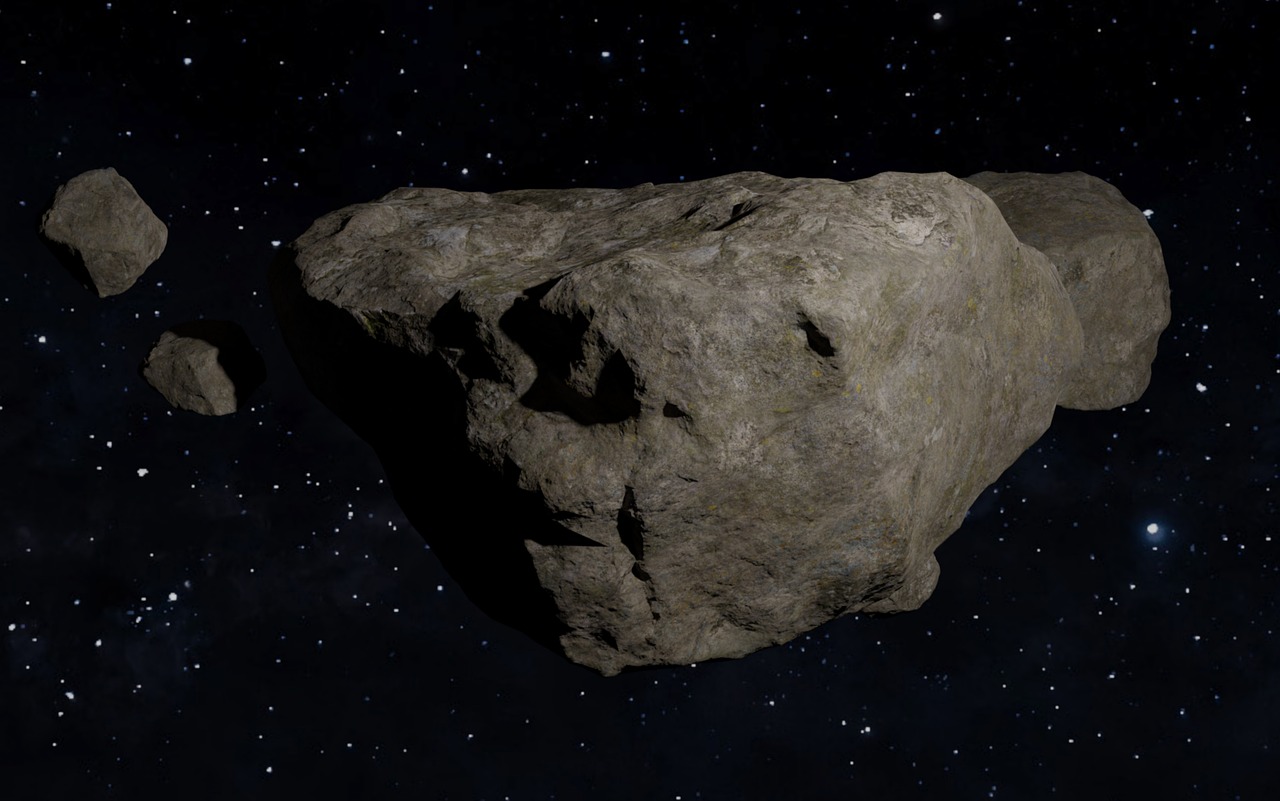
Earth has experienced several close calls that serve as sobering reminders of our cosmic vulnerability. In 2019, asteroid 2019 OK—a 100-meter space rock—flew past Earth at just 70,000 kilometers away, about one-fifth the distance to the moon. Astronomers detected it only 24 hours before its closest approach, earning it the nickname “the city killer” for its potential to devastate urban areas.
Even more unsettling was the 2020 discovery of asteroid 2020 QG, which passed just 2,950 kilometers above Earth’s surface—closer than some satellites. This 3-meter object went undetected until after it had already zipped past our planet, highlighting significant gaps in our detection capabilities for smaller but still dangerous objects.
Perhaps most famous is asteroid Apophis, a 340-meter behemoth that will pass frighteningly close to Earth in 2029. While current calculations rule out an impact, gravitational interactions during this flyby could alter its orbit enough to create collision possibilities in future decades.
The Tunguska Event: A Preview of Regional Catastrophe
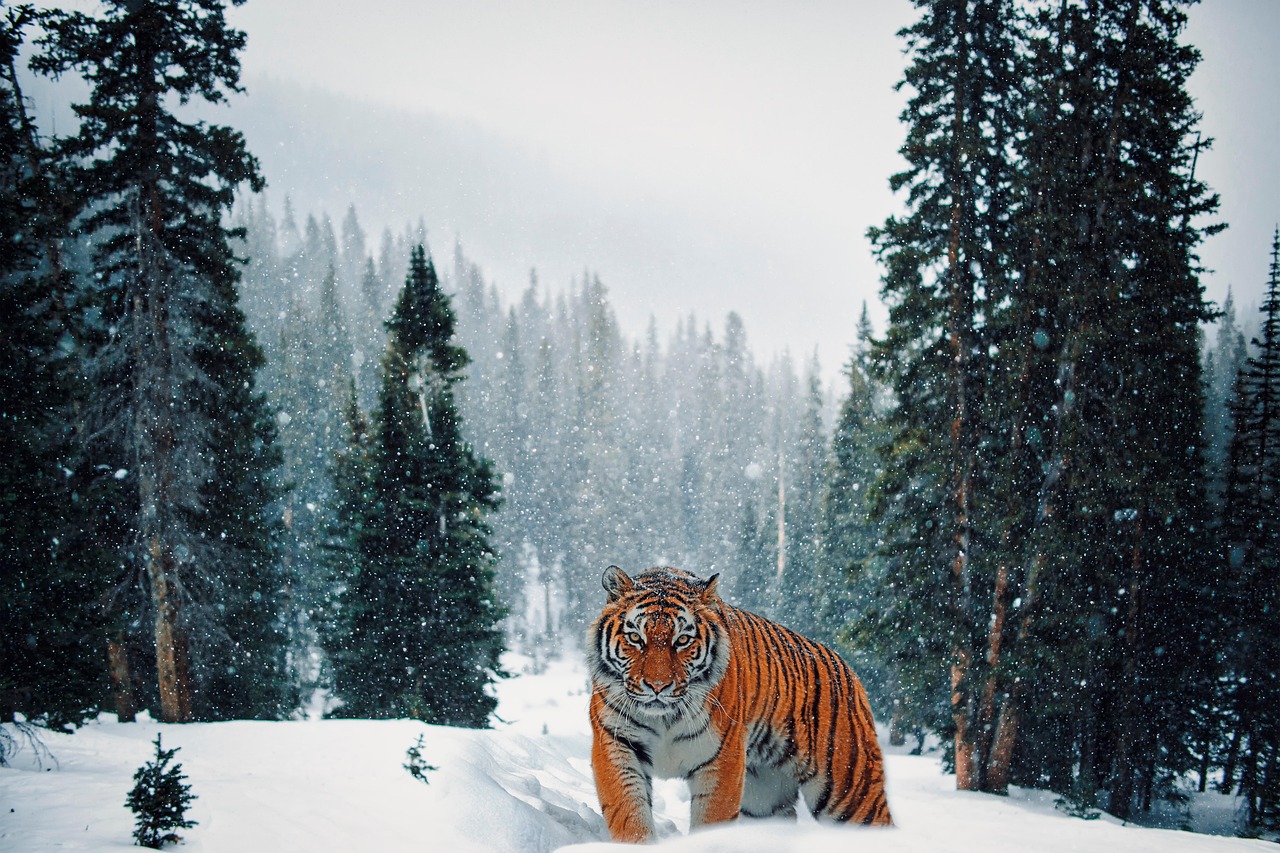
On June 30, 1908, a cosmic visitor exploded over the remote Siberian wilderness with the force of 1,000 atomic bombs. The Tunguska event flattened 2,000 square kilometers of forest, knocking down an estimated 80 million trees in a radial pattern that’s still visible today. Witnesses reported seeing a brilliant fireball streak across the sky, followed by a shock wave that shattered windows hundreds of kilometers away.
What makes Tunguska particularly chilling is that the object—likely a small asteroid or comet fragment—never even reached the ground. It exploded in the atmosphere at an altitude of 5-10 kilometers, yet still released enough energy to devastate an area larger than Greater London. If the same event occurred over a major metropolitan area today, it could kill millions of people instantly.
The Tunguska event serves as a stark reminder that even relatively small cosmic impacts can cause catastrophic damage. It also demonstrates how unprepared we are for such events—it took scientists decades to even reach the remote impact site and begin studying what had happened.
Modern Detection Systems: Our Early Warning Network
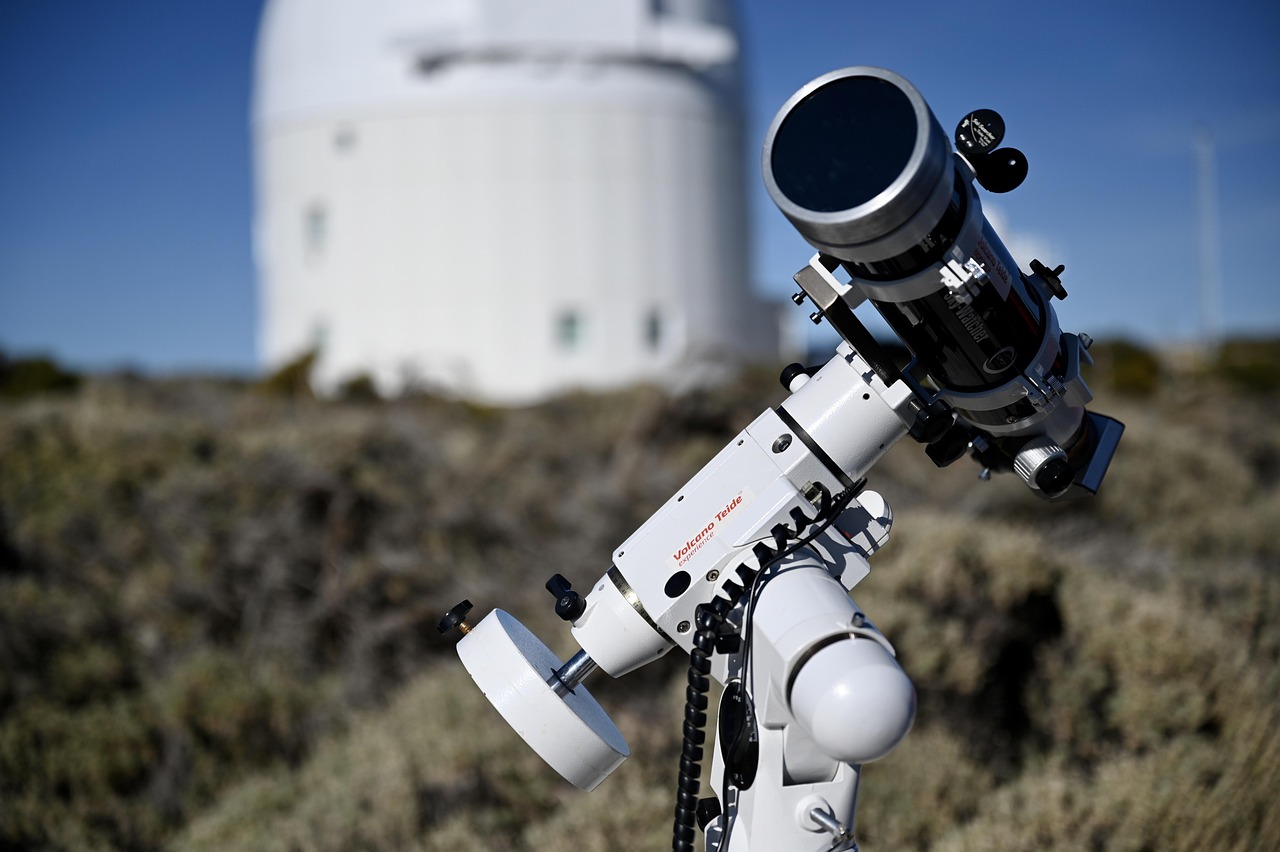
Today’s asteroid detection efforts represent humanity’s first serious attempt to spot cosmic threats before they arrive. NASA’s Catalina Sky Survey, LINEAR, and NEOWISE missions have identified over 90% of near-Earth asteroids larger than 1 kilometer in diameter. These automated telescopes scan the night sky continuously, looking for the telltale motion of asteroids against the background stars.
The European Space Agency’s upcoming Flyeye telescope network will enhance our detection capabilities by providing continuous surveillance of the entire sky. These facilities can spot asteroids as small as 40 meters across—objects capable of causing significant regional damage—weeks or months before potential impact.
However, our detection network still has critical blind spots. Objects approaching from the direction of the sun remain largely invisible to ground-based telescopes, while smaller asteroids often escape detection until they’re already dangerously close to Earth.
Planetary Defense: Humanity’s Shield Against the Cosmos
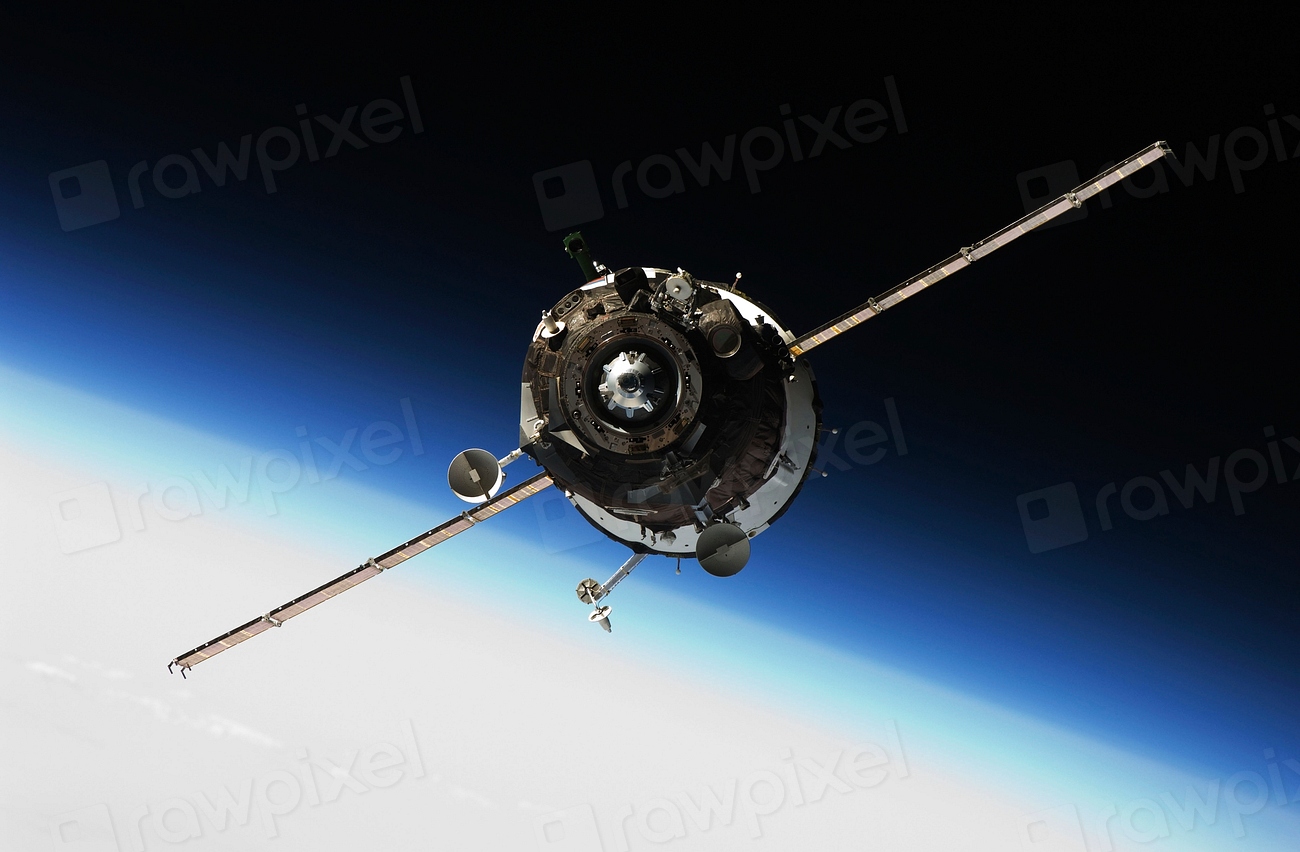
The concept of planetary defense has evolved from science fiction fantasy to serious scientific endeavor. NASA’s DART mission successfully demonstrated that humans can alter an asteroid’s trajectory by ramming a spacecraft into it at high speed. In 2022, DART struck the small asteroid Dimorphos, changing its orbital period by 32 minutes—proof that kinetic impact can work as a deflection strategy.
Nuclear deflection remains another option for larger threats, though it requires careful planning to avoid fragmenting the asteroid into multiple dangerous pieces. The ideal scenario involves detonating a nuclear device near the asteroid’s surface, using the explosion’s energy to gently push the object off its collision course with Earth.
For truly massive asteroids discovered years in advance, scientists propose using “gravity tractors”—spacecraft that would fly alongside the asteroid and use their gravitational influence to gradually alter its orbit. While slow, this method offers precise control without the risk of fragmentation.
The Biological Aftermath: How Life Responds to Cosmic Catastrophe
The Chicxulub impact offers a masterclass in how life responds to planetary catastrophe. While the immediate devastation was overwhelming, the survivors adapted and evolved with remarkable speed. Small mammals, previously overshadowed by dinosaurs, diversified rapidly to fill empty ecological niches. Birds, as dinosaur descendants, managed to survive the extinction event and eventually flourished in the post-impact world.
Marine life showed similar resilience, with some species surviving in deep ocean environments where conditions remained more stable. These survivors became the ancestors of modern marine ecosystems, demonstrating life’s remarkable ability to recover from even the most extreme circumstances.
However, recovery takes time—millions of years for ecosystems to fully rebuild their complexity. The fossil record shows that it took roughly 10 million years for biodiversity to return to pre-impact levels, highlighting the long-term consequences of major asteroid impacts.
Climate Chaos: The Long-Term Environmental Impact
A major asteroid impact would trigger a cascade of environmental changes that could persist for centuries. The initial impact winter would be followed by periods of intense greenhouse warming as dust settles and water vapor dominates the atmosphere. Acid rain from vaporized sulfur would poison freshwater systems and soil across vast regions.
Ocean chemistry would shift dramatically as marine organisms die en masse, potentially triggering the release of hydrogen sulfide from ocean depths—a toxic gas that could make coastal areas uninhabitable for decades. The collapse of photosynthesis would disrupt oxygen production, though atmospheric oxygen levels would likely remain sufficient for animal survival.
These environmental changes would create a world unlike anything in human experience. Agricultural systems would collapse entirely, forcing any survivors to rely on stored food supplies or develop entirely new methods of food production that don’t depend on sunlight.
Human Civilization: Could We Survive Another Chicxulub?

The question of human survival in the face of a Chicxulub-scale impact depends largely on our technological capabilities and preparation. Unlike the dinosaurs, humans possess technology that could potentially help us weather the storm. Underground facilities, stored food supplies, and artificial lighting systems could allow some populations to survive the initial impact winter.
However, the collapse of global agriculture would present an unprecedented challenge. Even with modern technology, feeding billions of people without sunlight would be nearly impossible. The most optimistic scenarios suggest that small populations might survive in well-prepared underground facilities or isolated regions with geothermal energy sources.
The psychological and social impacts might prove just as challenging as the physical ones. The collapse of civilization would likely trigger widespread panic, conflict, and social breakdown. Only the most prepared and organized communities would have any chance of maintaining order and cooperation during the crisis.
The Frequency Question: Are We Overdue for Impact?
The geological record reveals that major impact events follow no predictable schedule—they occur randomly over geological time scales. While the average interval between extinction-level impacts is roughly 26 million years, this doesn’t mean we can predict when the next one will occur. The last major impact was 66 million years ago, but this doesn’t make us “overdue” for another catastrophe.
Smaller but still significant impacts occur much more frequently. Objects capable of causing regional devastation strike Earth roughly every 1,000 years, while city-destroying asteroids hit about every 100 years. The 1908 Tunguska event reminds us that even a century-long gap between impacts can feel like an eternity in human terms.
What’s particularly unsettling is that we’ve only been seriously looking for asteroid threats for about 30 years. Before modern detection systems, impacts could occur without any warning whatsoever—and in cosmic terms, three decades of observation is barely a blink of an eye.
Future Preparations: Building Resilience for the Ultimate Test
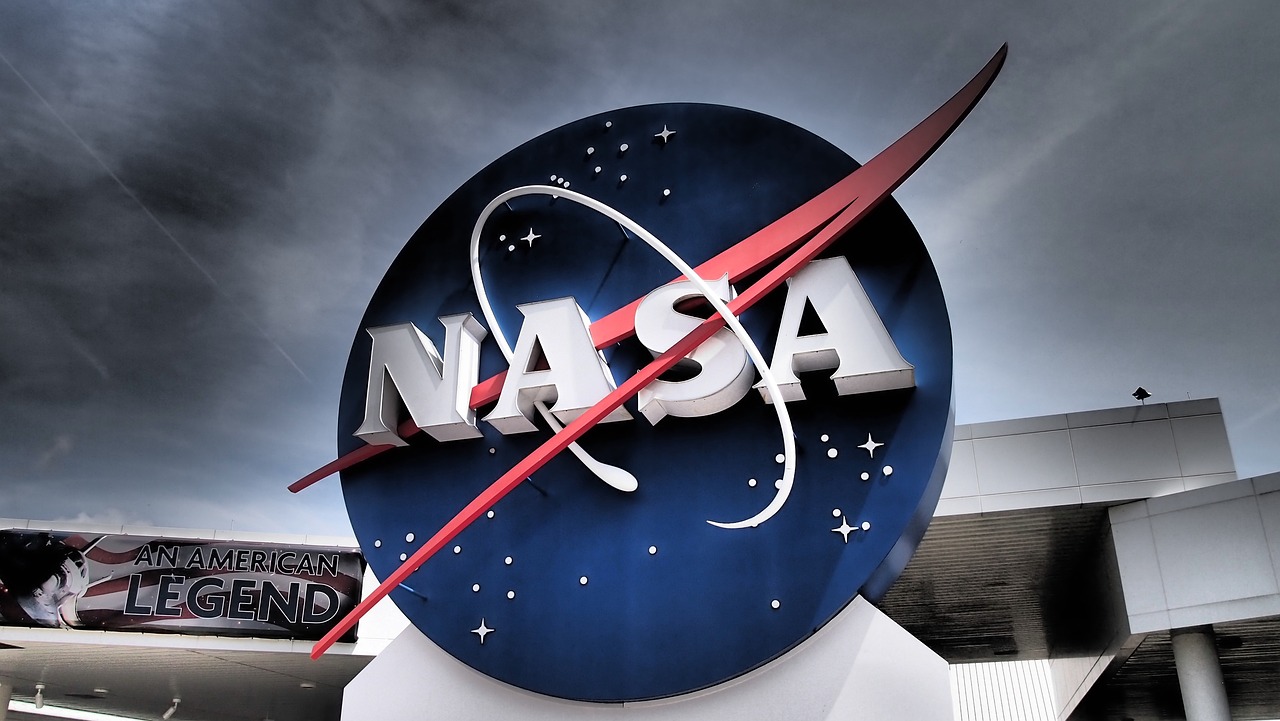
Preparing for a potential asteroid impact requires thinking beyond traditional emergency planning. Government agencies worldwide are developing protocols for asteroid warnings, evacuation procedures, and post-impact recovery efforts. However, these plans face the unique challenge of preparing for an event that could simultaneously affect the entire planet.
Some scientists propose establishing permanent underground facilities equipped with food production systems, air filtration, and energy generation capabilities. These “survival arks” would serve as refuges during the initial impact winter, preserving human knowledge and genetic diversity for eventual recovery efforts.
Space-based colonies represent another long-term strategy for ensuring human survival. By establishing self-sufficient settlements beyond Earth, humanity could guarantee that our species survives even if our home planet faces catastrophic destruction.
The Chicxulub impact serves as both a warning and a reminder of our planet’s vulnerability to cosmic forces beyond our control. While the odds of experiencing another extinction-level impact in our lifetimes remain low, the consequences would be so severe that even small probabilities demand serious preparation. Modern detection systems and deflection technologies offer hope that we might spot and divert dangerous asteroids before they reach Earth, but gaps in our surveillance network and the vast scale of space mean that surprises remain possible. The question isn’t whether Earth will face another major impact, but whether humanity will be ready when that moment arrives. What would you do if astronomers announced that a 10-kilometer asteroid was heading our way with just six months’ warning?



